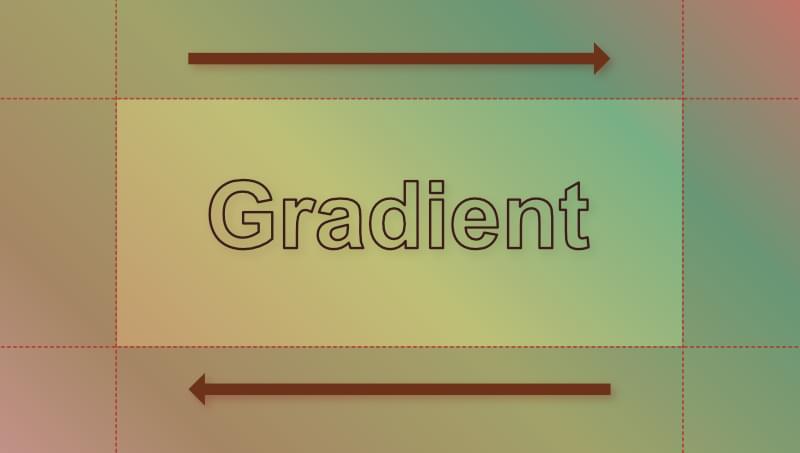Researchers in biomedical engineering at the University of California, Irvine have discovered a new source of two important brain waves needed for deep sleep: slow waves and sleep spindles. Traditionally believed to come from a brain circuit connecting the thalamus and cortex, the team’s findings, published in Scientific Reports, suggest that axons in the memory centers of the hippocampus also play a role.
For years, slow waves and sleep spindles have been recognized as crucial components of deep sleep, measured through electroencephalography recordings on the scalp. However, the UC Irvine-led team has revealed a new source of these brain waves within the hippocampus and has been able to measure them in individual axons.
The study shows that slow waves and sleep spindles may originate from axons in the cornu ammonis 3 region of the hippocampus. These voltage oscillations occur independently of neuronal spiking activity, challenging current theories about how these brain waves are generated.
Lead author Mengke Wang, a former UC Irvine undergraduate student in biomedical engineering now studying at Johns Hopkins University, stated, “Our research uncovers a previously unknown aspect of deep sleep brain activity. We have found that the hippocampus, typically associated with memory formation, plays a crucial role in producing slow waves and sleep spindles, providing new insights into how these brain waves support memory processing during sleep.”
The team used innovative techniques, such as in vitro reconstructions of hippocampal subregions and microfluidic tunnels for single axon communication, to observe spontaneous spindle waves in isolated hippocampal neurons. These findings suggest that spindle oscillations originate from active ion channels within axons, rather than through volume conduction as previously believed.
Co-author Gregory Brewer, adjunct professor of biomedical engineering, commented, “The discovery of spindle oscillations in individual hippocampal axons opens up new possibilities for understanding the mechanisms behind memory consolidation during sleep. These findings have important implications for sleep research and could lead to new approaches for treating sleep-related disorders.”
In addition to his work in biomedical engineering, Brewer is affiliated with the Institute for Memory Impairment and Neurological Disorders and the Center for Neurobiology of Learning and Memory.
By revealing the hippocampus’s role in producing slow waves and sleep spindles, this research expands our knowledge of the brain’s activity during deep sleep and its impact on memory processing. These findings provide a promising basis for future studies investigating the therapeutic potential of targeting hippocampal activity to enhance sleep quality and cognitive function.
Contributing to this study, supported by the UCI Foundation, were William Tang, professor emeritus of biomedical engineering; Bryce Mander, associate professor of psychiatry & human behavior; and Samuel Lassers, graduate student researcher in biomedical engineering.





















